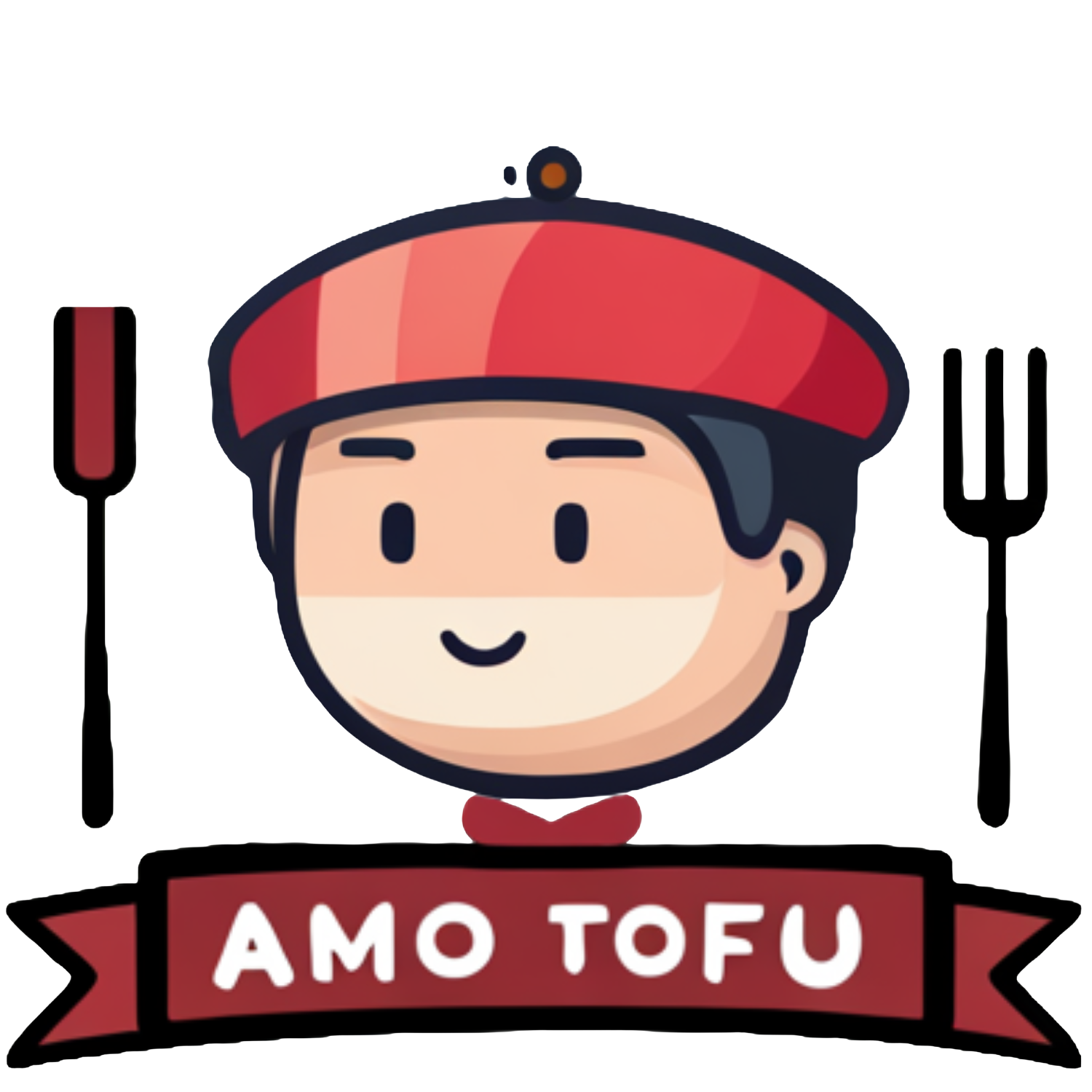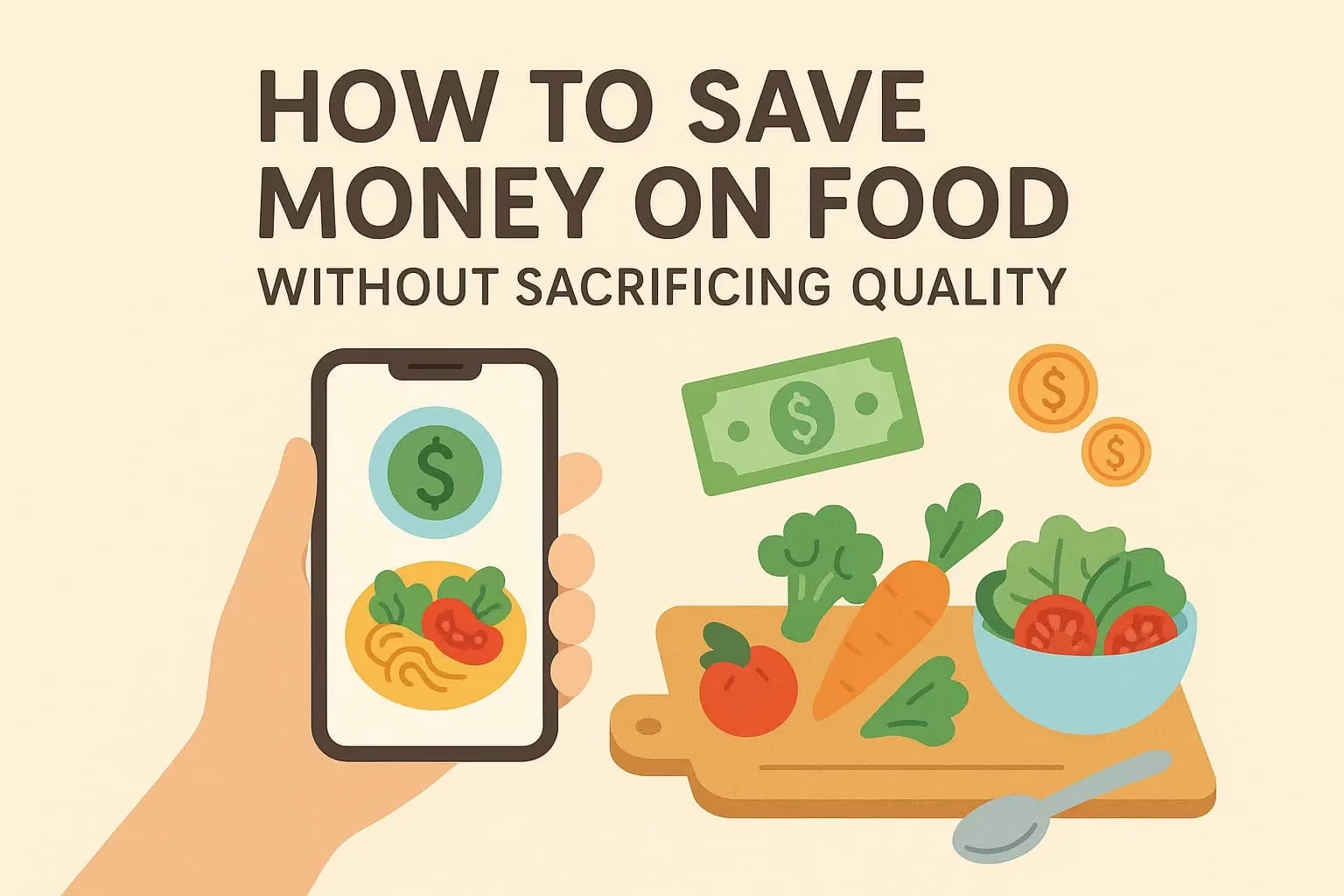Introduction
Saving money on food doesn’t mean settling for less—the goal is to keep your meals delicious and satisfying.
With a few smart strategies, you can cut costs, reduce waste, and still enjoy quality eats in your daily life.
Why Saving on Food Matters
Food often eats up a large slice of our budget.
By trimming these costs, you free up cash for other goals—think entertainment, savings, or even a treat once in a while.
Every small cut compounds over time.
Practical Strategies to Save Money on Food
1. Plan Your Meals Like a Pro
Mapping out weekly meals keeps you focused and stops spur-of-the-moment takeout.
Use apps, simple notes, or pen and paper—whatever works.
2. Stick to the Grocery List
Only buy what’s on your list. It keeps you purposeful and prevents overspending on impulse buys.
3. Shop Your Pantry First
Before shopping, check what’s already in your kitchen.
You may surprise yourself—you likely already have meals waiting to be made.
4. Choose Smart Packaging and Brands
Avoid pre-cut, pre-packaged items—they’re convenient, but pricier.
Opt for whole ingredients you can prep yourself.
Trade name brands for store-brand alternatives; you often get the same product for less.
5. Compare Unit Prices
Don’t rely on sticker price alone. Compare costs per ounce or pound to get better value—most stores show this info right on the shelf.
6. Buy in Bulk—Wisely
Stock up on non-perishables like grains, beans, or canned goods when they’re on sale. Just be sure you’ll use them before they expire, or freeze for later.
7. Use Coupons, Loyalty Programs & Cashback
Sign up for store loyalty programs and use digital coupons.
Combine them with sales for compounded savings.
Apps like Ibotta or Rakuten also offer cashback on purchases.
8. Shop Seasonally & Locally
Buying produce in season—or from local markets—not only tastes better, but costs less.
Frozen fruits and veggies are equally nutritious and often cheaper.
9. Use Your Freezer & Repurpose Leftovers
Batch cooking and freezing meals saves both time and money—plus it keeps you away from delivery temptations.
Get creative—leftovers don’t have to feel like leftovers. Think fried rice, casseroles, or wraps.
10. Avoid Shopping Hungry
Hunger makes us splurge on snacks and convenience items.
Always eat before you shop to stay on track.
11. Beware of Rising Food Prices—Stay Flexible
Food inflation is real.
Keep adapting: try discount sections, apps like Too Good to Go or Olio, and don’t fixate on one store—shop around when you can.
Tools to Help You Save
Meal planning apps – e.g., Mealime, Yummly, or Plan to Eat to build menus and lists.
Cashback apps & loyalty programs – Ibotta, Fetch Rewards, Rakuten, store apps—all help you earn while you shop.
Food waste and discount apps – Like Too Good to Go or Olio, for deeply discounted near-expiry food.
Common Pitfalls to Avoid
Buying just because it’s on sale—avoid wasting on items you won’t use.
Skipping shelf checks—brand deals are only deals if they’re actually cheaper.
Shopping on autopilot—impulse buys creep in when you don’t stick to the plan.
Building a Sustainable Money-Saving Habit
Small shifts become lasting habits:
Cook in batches.
Rotate leftovers.
Regularly revisit your budget and strategies—inflation and sales are always changing.
Final Thoughts: Your Wallet Will Thank You
Saving money on food doesn’t mean sacrificing flavor or satisfaction. With thoughtful planning, savvy shopping, and a tiny dash of creativity, you can enjoy delicious meals, reduce your costs, and even help the planet by cutting food waste. Start today—and watch those savings grow!






